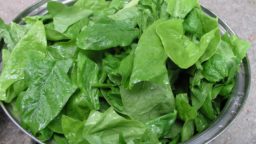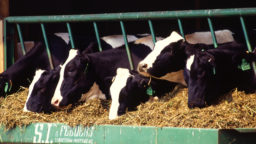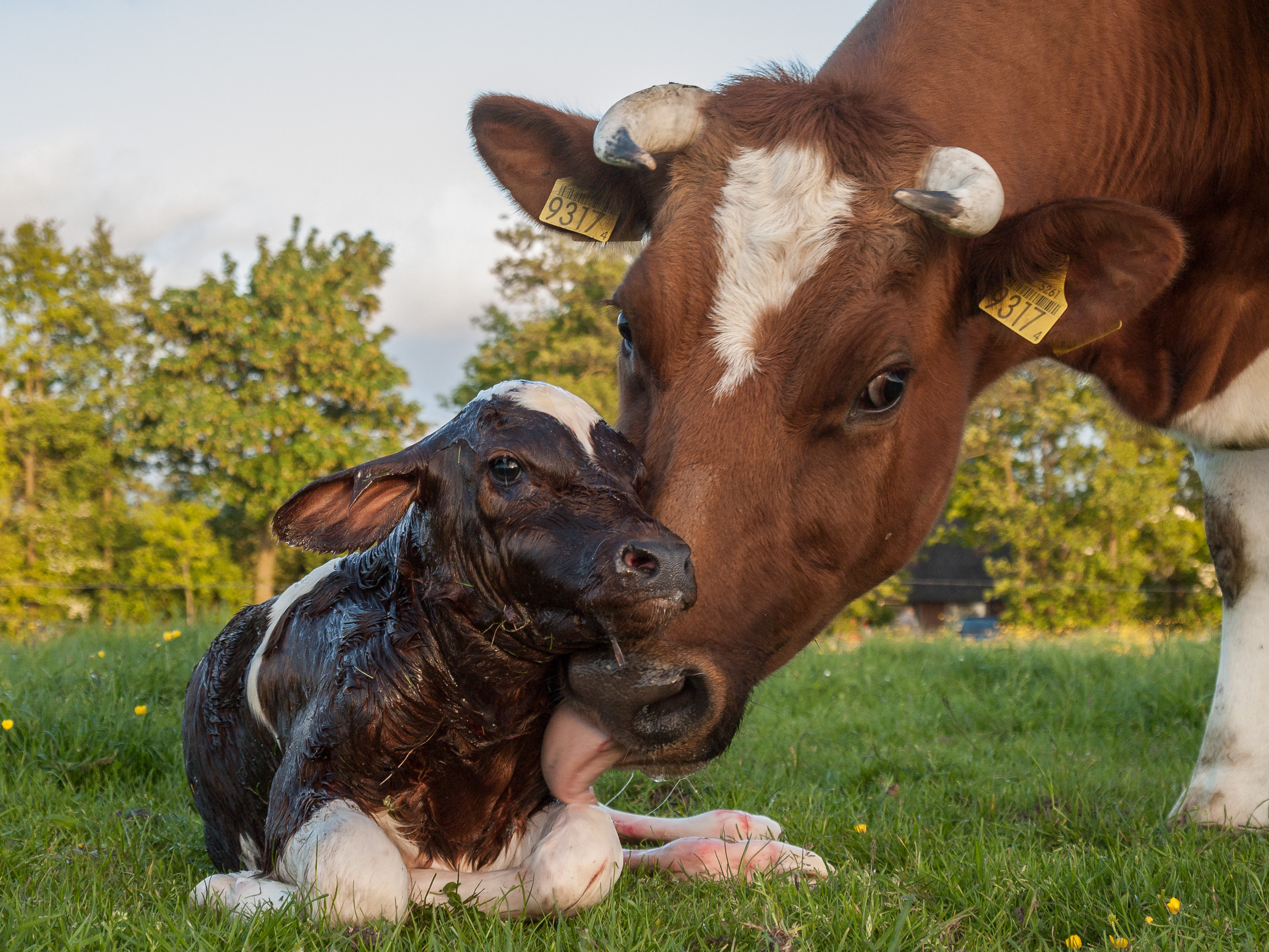Most gardeners don’t live in the tropics or have acres of land to spare, so choosing the right crops and materials to start a garden with is something you aren’t going to want to take lightly. It could be a third of the way through your growing season before you realize that you wasted all of that time, energy, money, and space in your garden just to grow crops that you aren’t going to benefit from.
Over-enthusiastic seed purchases
One thing to avoid is getting your ideas of what crops you are going to grow from a seed catalog. Seed sellers don’t make most of their money off serious gardeners that have mature gardens already in place. Gardeners with a garden that is several years, or even decades old, are going to be able to get the bulk of their seeds for the following year from the crops they are already growing. Beginner gardeners who don’t have a seed stock of their own and in many cases don’t know what crops to grow are most likely seed catalog’s biggest customers.
If you are, as most beginning gardeners are, working with limited space and resources, then you don’t need to grow 15 different types of basil and kohlrabi (which you probably didn’t know existed anyway until you saw it in the seed catalog). Try to grow crops that represent the nutrients you need and are already eating.
Extravagant soil
Another thing to avoid is buying good soil to start your garden and then buying an expensive rotating compost bin as well. If you are starting out in poor soil and adding amendments like potting soil or bagged compost to your existing ground, then you are probably going to need to add more long before you are going to be able to harvest any from your rotating compost bin and your money would be better spent little by little on bags of compost. If you are buying soil to start raised beds, then you are going to have enough nutrients in the soil already and be spending plenty of money to start out with.
Your money will go further if you simply buy compost to start your garden and at the same time make a compost bin out of chicken wire and two stakes which will cost you less than $15 compared to over $100 for a rotating bin with much less capacity.
Gardens should be, among other things, a means to save money, not an added expense. And there is no reason for them to be.
If you like this, you might also like:







 Research all the common maladies that can happen to cows-mastitis and milk fever are at the top of the list-and get yourself set up to treat them properly. Most people will want to breed their cows once a year to keep a fresh supply of milk (if you continue to milk a cow after her calf is weaned she can lactate for several years, but it is best to breed her once a year to replenish her milk production), so learn everything you can about calving. Find a good big animal vet in your area.
Research all the common maladies that can happen to cows-mastitis and milk fever are at the top of the list-and get yourself set up to treat them properly. Most people will want to breed their cows once a year to keep a fresh supply of milk (if you continue to milk a cow after her calf is weaned she can lactate for several years, but it is best to breed her once a year to replenish her milk production), so learn everything you can about calving. Find a good big animal vet in your area.
